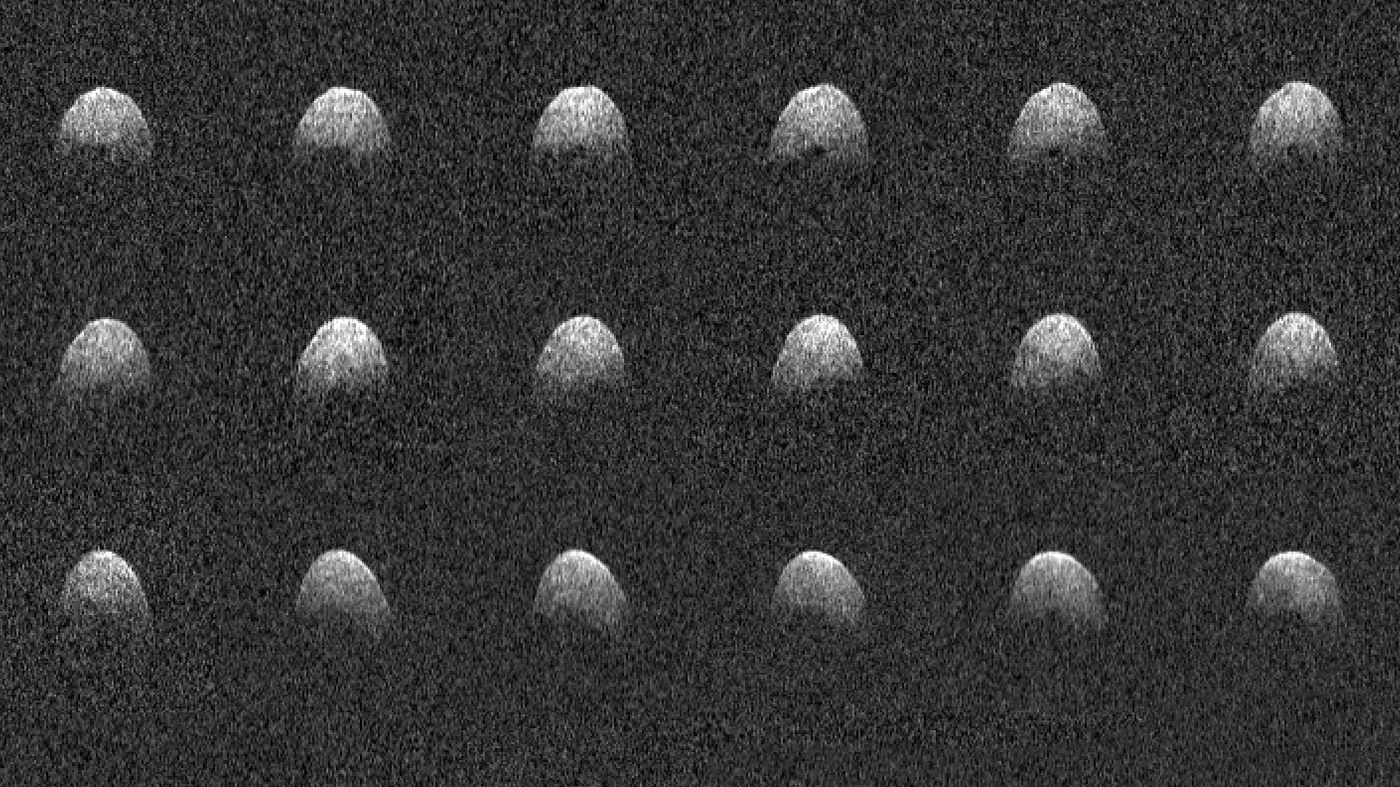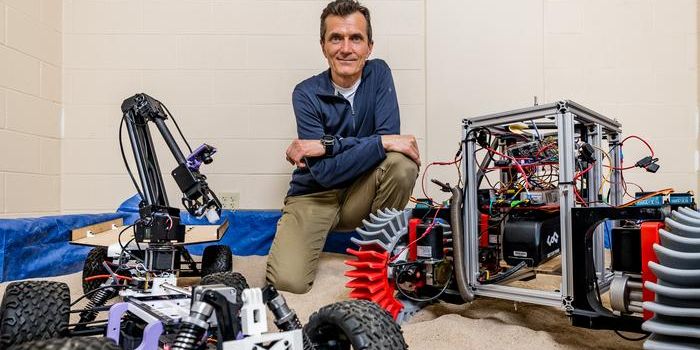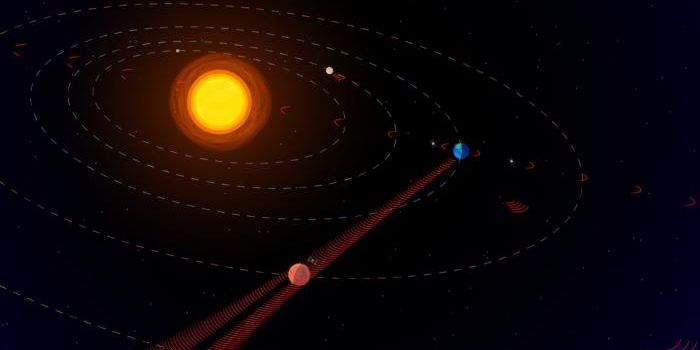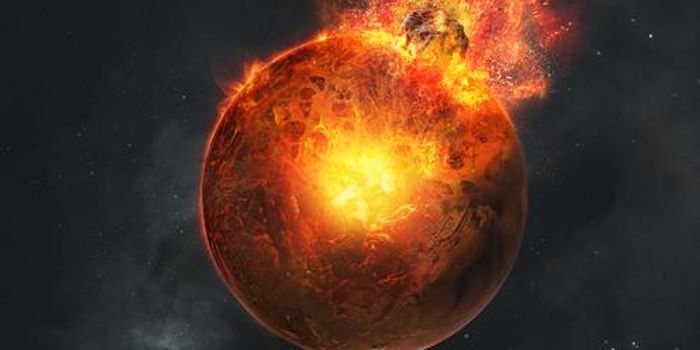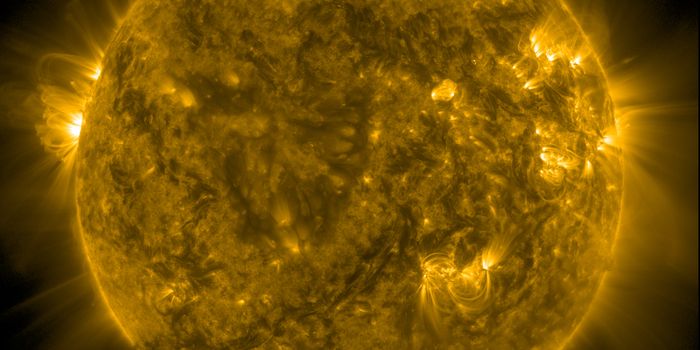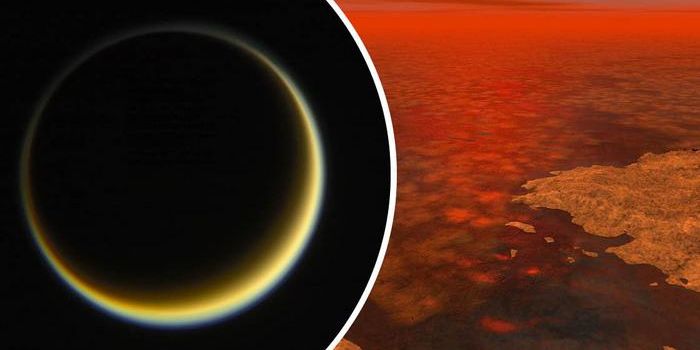Arecibo Observatory Snags Beauty Shot of a Near-Earth Asteroid
Astronomers often use the Earth-based Arecibo Observatory in Puerto Rico to study objects in space, but September’s Hurricane Maria caused a bit of turbulence for scheduled observations.
Citing NASA, diesel-powered generators allowed the Arecibo Observatory’s telescopes to resume operations mere days after the storm’s passing. But local power shortages made it impossible to utilize the observatory’s powerful radar systems until the power grid came back online.
Image Credit: Arecibo Observatory/NASA/NSF
Thankfully, things have normalized at the Arecibo Observatory as of late, and astronomers managed to use the robust radar system earlier in December to peek at a massive near-Earth object (NEO) dubbed 3200 Phaethon.
The image of 3200 Phaethon above exhibits a resolution of around 250 feet per pixel, and it’s clear enough to discern crucial details on the NEO’s surface. Among those are a significant concavity close to the equator and a dark spot residing near one of its poles.

"These new observations of Phaethon show it may be similar in shape to asteroid Bennu, the target of NASA's OSIRIS-REx spacecraft, but more than 1,000 Bennus could fit inside of Phaethon," said Patrick Taylor, a Universities Space Research Association (USRA), Columbia, Maryland, scientist and group leader for Planetary Radar at Arecibo Observatory.
"The dark feature could be a crater or some other topographic depression that did not reflect the radar beam back to Earth."
Related: Concerning asteroid collision, size does matter
When astronomers spied on 3200 Phaethon, it was about 6.4 million miles away from Earth (equivalent to approximately 27 lunar distances). Furthermore, recent measurements revealed how 3200 Phaethon is more massive than initially thought – 3.6 miles across rather than 3.0 miles across.
Given its size and proximity to Earth, astronomers also classify 3200 Phaethon as a potentially-hazardous asteroid (PHA). The last time 3200 Phaethon came near our planet was back in 1974, and it won’t tango with Earth again until 2093.
Astronomers like to use these close calls to study PHAs up close, and radar is a great way to do that. It just so happens that the Arecibo Observatory has the world’s most robust planetary radar system, and it’s perfect for studying space rocks’ characteristics like size, shape, rotation, and surface features, among other things.
Tracking and understanding potentially-hazardous asteroids’ movements and features could potentially help us find ways to protect Earth from future impacts. After all, both FEMA and NASA seem to share a common interest in that regard.
Source: NASA
